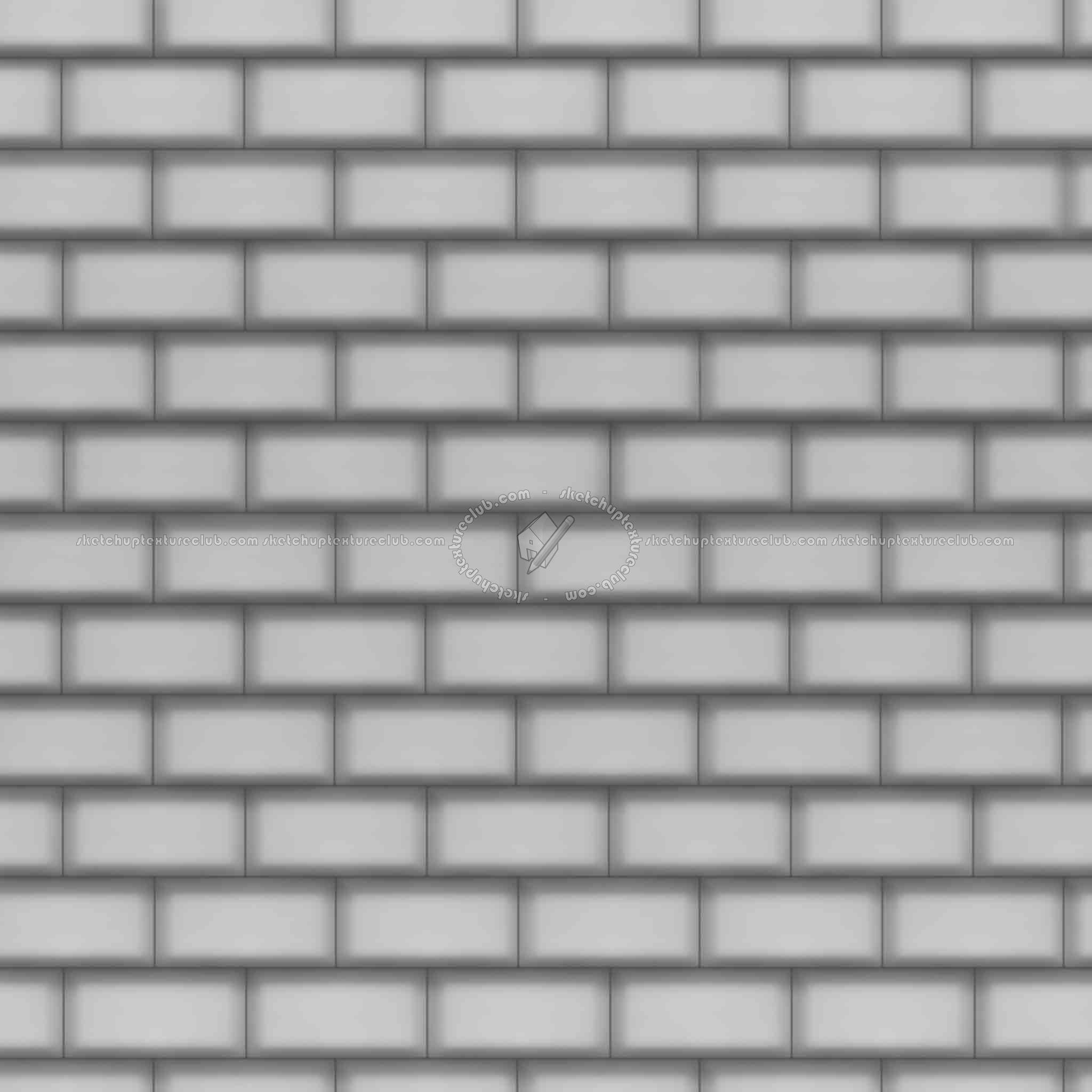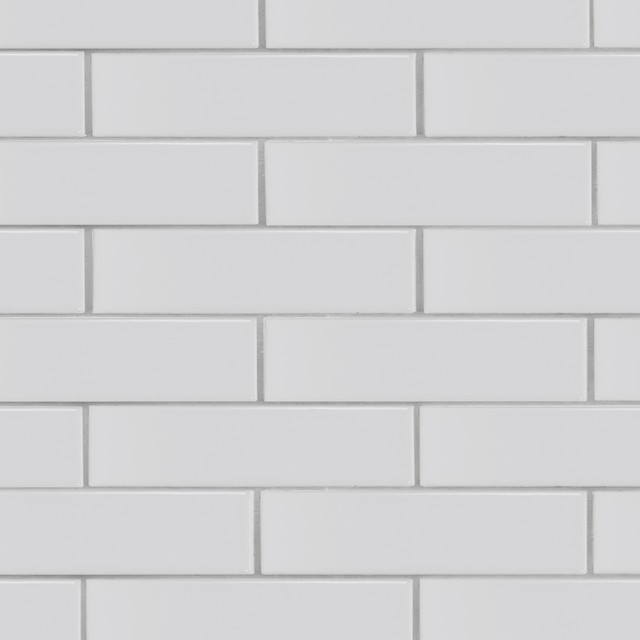

These shapes add a sense of movement and visual interest to your backsplash, creating a focal point in the room.īrick tile brings an urban and industrial vibe to your kitchen or bathroom. Herringbone tiles are arranged in a distinctive zigzag pattern, while chevron tiles form a V-shaped pattern. Specialty shapes like herringbone and chevron tiles offer a unique and eye-catching appeal. Stacked stone creates a textured and visually appealing backdrop that complements various design styles, from farmhouse to industrial. It is made up of thin, stacked pieces of natural stone, such as quartzite or slate, giving a three-dimensional effect.

Stacked stone backsplash adds a rustic and natural touch to any space. Its clean lines and simplicity make it a popular choice for both traditional and contemporary designs. Subway tile can be arranged in a traditional brick pattern or laid in a herringbone or chevron pattern for a more modern twist. It features rectangular tiles with a length-to-width ratio of around 2:1. Subway tile is a timeless and versatile option that has been a favorite for decades. Let's explore some of the most popular shapes and materials for backsplash tile. From classic subway tile to intricate mosaic designs, each option brings its own unique charm. When it comes to backsplash tile, there is a wide range of popular shapes and materials that can elevate the style and functionality of your kitchen or bathroom.
Subway tile seamless texture pro#
You can download a high resolution version of this texture and a matching bump map or CAD hatch (compatible with AutoCAD and Revit) using Architextures Create with a Pro Subscription.Popular Shapes and Materials for Backsplash Tile It can be used as a SketchUp texture, Revit material or imported into Photoshop for use in 2D illustrations. This image is seamless, meaning it can be tiled repeatedly for use in architectural drawings and 3D models. When used in masonry construction, materials arranged in a stack bond typically require additional reinforcement when compared with a standard running bond. The stack pattern is the most basic of the standard patterns in architecture and interior design with each unit simply stacked one above the other and no horizontal or vertical offsets.

The rough, fine concrete-like aggregate grain is ideal for wet spaces to increase grip and slip resistance, while their refined, neutral character enables them to compliment a range of natural materials, or provide a haptic, cool, human touch in contrast to synthetic materials. Their moisture and fire-resisting durable nature, combined with the unique, hand-crafted manufacturing process, also allows these tiles to be specified as splashbacks, fireplace surrounds or in decorative pools and landscaped elements. Their hardwearing nature means they can be used in commercial settings, while their human scale, beautiful tones and patterns, as well as the ability of modern manufacturing techniques to closely mimic real stone and marble, make them a more cost effective yet highly decorative and aesthetically pleasing option for domestic scenarios. They are also sought after for their durability against high volumes of foot traffic due to their higher firing temperature during manufacture, and their high resistance to moisture allows them to be specified indoors and outdoor use for flooring and, depending on weight, for wall cladding. Porcelain tiles are composed of finely ground sand, feldspar and specific clays and are renowned for their ability to resist water ingress due to their higher density in comparison with ceramic and other forms of tiles, which helps with their ability to repel liquids to prevent staining, scrapes and marks while being low maintenance after installation. The pinstripe effect can be achieved with a grain in the mould within which it is fired, or scraping the exposed surface by hand before firing, blending neutrally in tone and texture with a variety of colours, materials and textures on neighbouring surfaces. The rough, fine concrete-like aggregate grain is ideal for wet spaces to increase grip and slip resistance. The joints are filled with coarse cement mortar and are 5 mm (0.2 inches) in width.Ī fine concrete, neutral, grey-white porcelain tile with a rough, strongly linear grain creating a pinstripe look due to the shadows in the troughs of the grooves, commonly used in bathrooms, kitchens and other high footfall, frequently wet areas of domestic and commercial environments. The image represents a physical area of 1350 x 1350 mm (53.1 x 53.1 inches) in total, with each individual tile measuring approximately 40 x 40 mm.

A seamless tile texture with pinstripe tile arranged in a stack pattern.


 0 kommentar(er)
0 kommentar(er)
